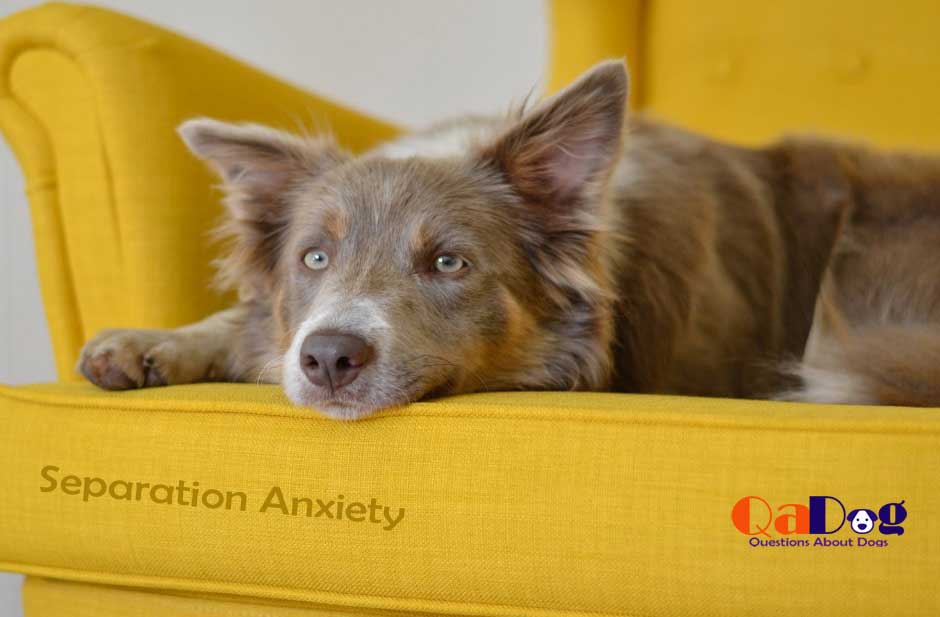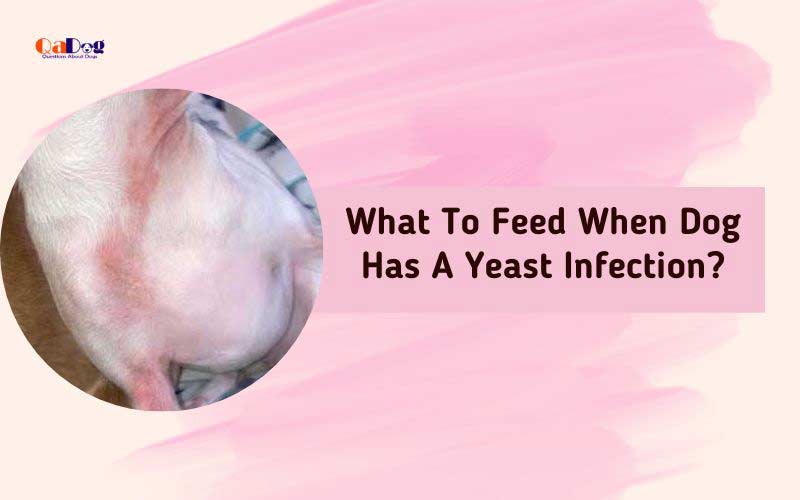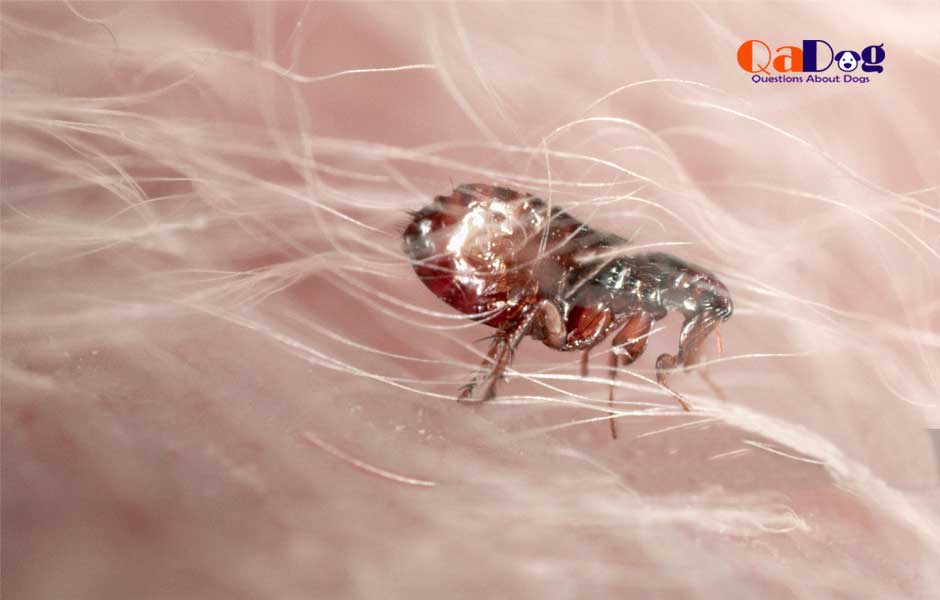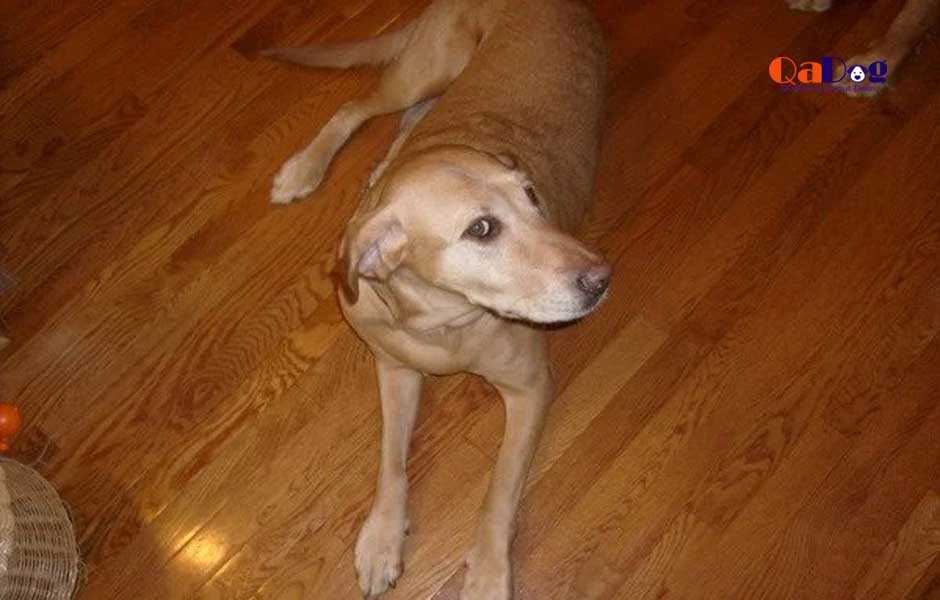Products are linked after in-depth research. From qualifying purchases, I receive commissions as an Affiliate Associate but with no extra cost to the buyers.
Neutering is a common surgery done in male dogs where both of their testicles are removed. The term ‘castration’ fits the best in the case of male dogs, and the term ‘spaying’ is the best in the case of female dogs. Nevertheless, due to neutering, a dog loses his or her reproduction ability. Therefore, your utmost care of the incision site is mandatory after being neutered. And for that, it’s undoubtedly necessary for you to know what your dog would look like after neutering surgery. Playing, jumping, and running around are banned after the surgery for some days.
Is Neutering Necessary For Dogs?
Neutering is indeed necessary for dogs, especially males. There are indeed some naturally aggressive dog breeds. But in their puberty, this aggressiveness somewhat gets increases. That behavior is popularly known as testosterone-mediated behavioral change. But if the neutering is done early, at the age of 4 or 6 months, there remain no more chances of sudden behavioral change. Moreover, avoiding a neuter surgery might end up with a lot of puppies at your home. But, again, there also remains the risk of various posterior infections.
How Does The Incision Site Look After Neutering?
The incision site after neutering a dog should be a straight clean wound in which both edges are nicely glued or sealed with staples or stitches. The skin of the incision site should seem reddish-pink color and somewhat swollen. The stitches become itchier as the incision heal. But scratching that zone might worsen the wound.
How Might My Dog Look Like After Getting Neutered?
If you neuter your pup at an early age, then the scrotum consequently gets flattened. And it becomes hard to notice that scrotum anymore. But if you neuter him in later life, then the scrotum will seem like an empty flap of skin similar to a pouch. In severe circumstances, a minor quantity of bloody discharge from the neutered incision site is observed.
In case of getting a female dog neutered, the incision site should look kind of pinkish or reddish color. However, the reddish hue of the incision spot might increase during the initial days of the surgery.
Therefore, the stitches over that spot should be precise and clean. Also, the two edges of the incision stitches should meet each other.
How to Know If the Neutering Incision Site Is Infected?
In very rare cases, symptoms of irritations or infections are observed in the neuter incision spot. But if somehow infections take place, it’s important to start their treatment. There are a few points that describe if the incision site is infected:
- Swelling up of the incision site
- Somewhat increased redness
- Bruising
- If somehow the incision does not get closed
- Discharges of fluids, like blood or pus
- The incision site felt warm when touched
What Types of Behavioral Changes Are Common After Neutering?
In the neutering surgery, your male dog has already been castrated. So, testosterone-mediated behaviors are also supposed to be settled down. However, this positive change takes some time. But there are some side effects of neutering surgery. The common side effects include:
- Clinginess
- Depression
- Increased aggression
- Anxiety
- Excessive barking
- Tend to eat feces
- Fearful or sensitive to touching
However, these side effects of neutering are temporary and last for only a few days.
How Long will it Require to Heal a Neutering Incision?
In normal conditions, a neutering incision takes about 10 to 14 days to complete healing. But in the case of the male dogs, it at least takes 2 weeks to heal. It is said that after the effect of anesthesia gets neutralized; your dog can get back to its old-playful days. But it is better to keep his playful activities restricted for at least 2 or 4 days. Excessive playing or jumping can make the neuter incision site worsen.
After Neuter Recovery Checklist
It is obvious to restrict your dog’s playful activities for 7 to 10 days. Some of the other restricted activities that need to be enlisted are:
- Reduced running
- Reduced jumping
- Playing for a limited amount of time
- Less time for swimming
- Keep him for entire rest for up to 14 days
Possible Complications after Dog Neutering
Complications are rarely observed in dogs after neutering. However, some complications might arise, for which you need to call upon your vet immediately.
- Refusing to eat
- Sluggishness
- Respiratory distress
- Diarrhea
- Vomiting or nausea
- Pain in the incision spot
- Paling of gums
- Opening of the incision surgery spot
- Problems in the bathroom or while excreting
Can Neutering Cause Death?
Neutering is emphatically known as a significant and severe surgery for dogs. In this surgery, an anesthetic is included. This also states that it might have a somewhat death risk. But with modern technologies and anesthetics, the risk of death is really low now. However, it is derived from a report that death risks in neutering surgeries are less than 0.1%. So you can get this surgery done without any hesitation.
Conclusion
It’s usual for your dog to seem a little different after the neutering surgery. But it’s a good thing that your dog’s aggressiveness will get reduced. As his reproductive part no longer exists, you won’t require handling lots of puppies. The neutering or spaying surgeries barely have any death risks.
However, you need to be concerned regarding the infections and irritations over that spot. As the incision heals, the itchier the spot area becomes. But it’s important to keep him restricted from doing so. In that case, the use of e-collar or recovery suits is the best.







